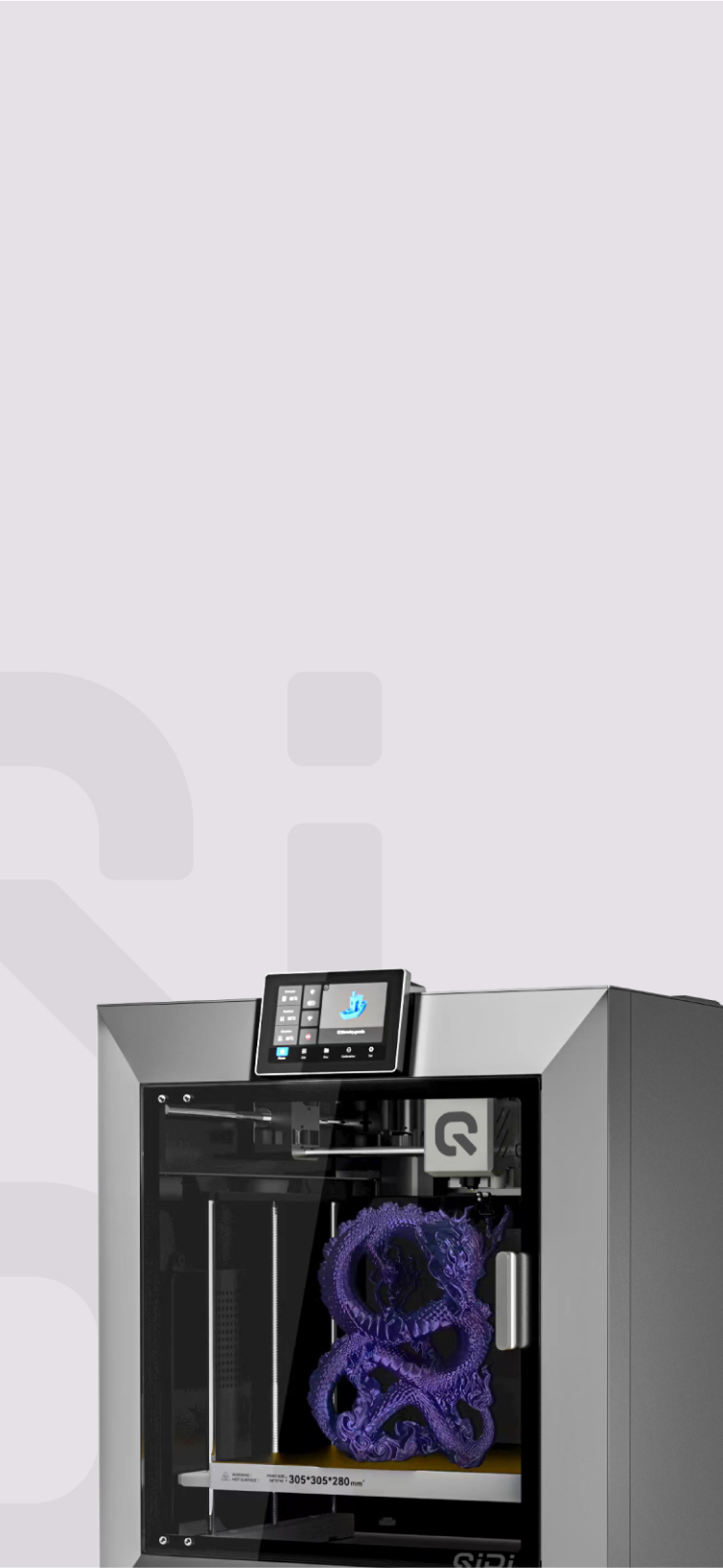How Much Does a 3D Printer Cost?
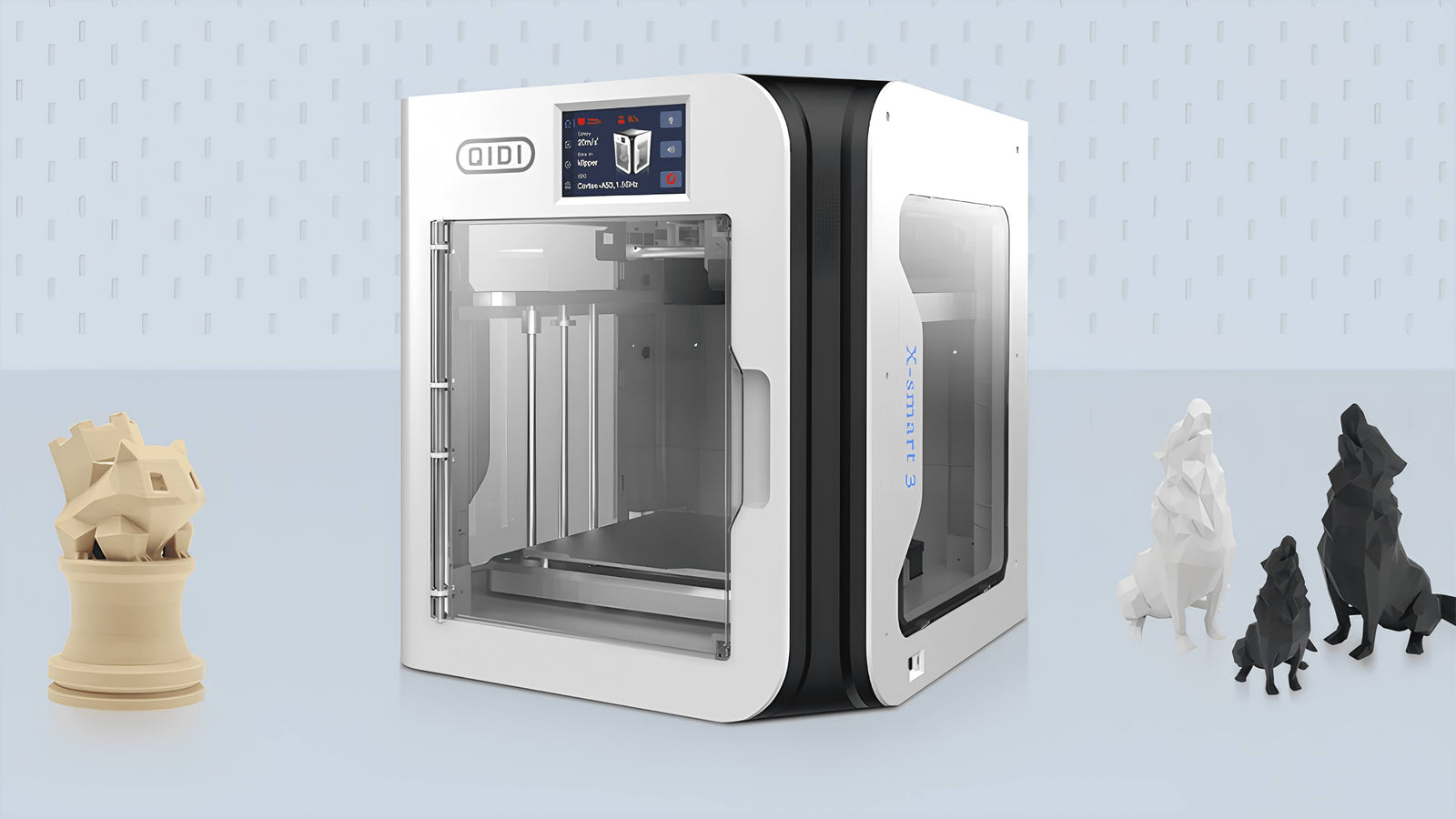
3D printing holds appeal for entrepreneurs, designers, hobbyists, and STEM educators alike. As the capabilities of affordable desktop 3D printers continue advancing, more people are exploring adopting additive manufacturing. With machines now capable of printing in various plastics, metals, ceramics, and even food, the possibilities seem endless. But with so many models and technologies now available at vastly different price points, confusion arises around budgeting for your first 3D printer. This guide breaks down the expenses involved and features to aid in selecting the right printer based on individual needs and budget.
A Quick Look Sheet:
| Printer Type | Cost | Build Volume | Features |
|---|---|---|---|
| Entry-Level FDM | <$300 | Small | Basic models, DIY kits |
| Mid-Range FDM | $400 - $1,000 | Medium | Improved reliability, community support |
| High-End FDM/SLA | $1,000 - $4,000 | Large | High-quality, advanced materials |
| Commercial | From $3,000 | Variable | Production-grade, enclosed chambers |
| Industrial SLS/DMLS | From $50,000 | Large | High precision, industrial materials |
3D Printing Technologies: FDM vs. SLA vs. SLS
Several additive manufacturing technologies exist, each with its own tradeoffs around pricing, part quality, and suitable applications.
Entry-Level: FDM Printing
Fused Deposition Modeling (FDM) extrudes heated thermoplastic filament in layers to build prints. Most hobbyist printers use this safe, accessible, and affordable technology with the widest material options like ABS, PLA, and flexible TPU. FDM 3D printers have more limited precision and surface finish quality, though.
For those just getting started or seeking recommendations for beginner-friendly 3D printers, you can browse through our curated article on "The Best 3D Printer for Beginners 2024," which will help you navigate the diverse market and find a printer that balances simplicity, performance, and price.
Professional: SLA Printing
Stereolithography (SLA) solidifies liquid resin into hardened plastic using an ultraviolet laser. The smooth surface finish and fine details from SLA printers work better for manufacturing prototypes, jewelry casting patterns, or dental devices. However, SLA printers and photosensitive resins remain costlier than basic FDM.
Industrial: SLS Printing
Selective laser sintering (SLS) utilizes a high-power laser to fuse powdered nylon, ceramics, and metals. The powder bed process enables complex internal geometries without any support structures. While extremely precise, industrial SLS printers start at around $50,000. Similar direct metal laser sintering (DMLS) systems allow small-batch metal parts production to easily demand six figures.
Additional 3D printing methods exist, like material jetting, which can blend colors on prints. We'll focus on the most common and economically suitable technologies suitable for businesses and consumers here.

Key Factors Influencing 3D Printers' Pricing
Several important considerations beyond just the MSRP (Manufacturer's Suggested Retail Price) impact the overall costs of owning and operating a 3D printer:
Print Quality and Tolerances
Industrial printers boast precision within 0.1mm, while consumer machines average around 0.5mm accuracy. Prototyping needs lower tolerances.
Build Volume
Bigger maximum print sizes allow larger parts, but the printer frame costs more. Mid-range printers strike a balance around 6-9" cubic inches of build area.
Operational Costs and Maintenance
Entry-level printers can skip calibration and handle filament jams more easily with lower mess and hazards. However, industrial printers are built for round-the-clock production despite higher overhead.
Controls and Software
Touchscreens and onboard slicing allow standalone use without a PC. But software subscriptions add up for commercial suites supporting advanced settings.
Warranties and Technical Support
Assembled name-brand printers offer 1-year warranties and known good after-sales support to justify the expense over no-name imports. Consider long-term costs beyond just upfront sticker prices when investing.

Price Range for Home Use 3D Printers
With costs ranging from just $100 to over $100,000, setting realistic expectations tailored to application needs prevents overspending on functions you may rarely use. Here's an overview of pricing segments in the 3D printer market:
Entry-Level Desktop Printers
Retailing under $300, these ultra-affordable machines make good starter devices. The tiny build volumes of around 3 to 5 inches cube suit printing trinkets, hobby projects, or school assignments. Expect manual calibration and restricted material options, but very low risk to try exploring 3D printing. For those considering these budget-friendly options, it's worth exploring the question: Should I Buy a Cheap 3D Printer?
Mid-Range Prosumer Printers
In the $400 to $1,000 range sit versatile machines. The mid-size build volumes from 5 to 9 inches cube handle useful prints. Expect reliable performance for the price with excellent community support. Many prosumers customize and upgrade their printers, too.
High-End Prosumer Printers
Moving up from $1,000 to $4,000 buys larger prosumer machines with dual extrusion, robust metal frames, and flexibility with materials from PLA to flexibles. Some even offer swappable print heads to use SLA resin printing modules, too. The premium prices justify enhanced plug-and-play reliability.
Commercial 3D Printers and Their Costs
Beyond basic FDM capabilities, dedicated commercial 3D printers rated for constant daily use provide specialized functions at higher budgets.
Commercial Printers
Around the $3,000+ segment is where printers designed explicitly for small businesses and industrial applications start. Expect enclosed chambers for stable thermals, optimized software packages, and long-duty cycles of constant unattended printing. Build quality stands up to daily production use, with service contracts or on-site maintenance available.
Industrial Manufacturing Systems
At the advanced manufacturing level, commercial 3D printers' investment costs are measured in the 100,000 to millions. But they enable volume production applications like mass-customized end-use products, factory tooling, and high-margin goods output, achieving quick ROI at scale. Their exponential expenses only make financial sense after thoroughly justifying substantial recurring revenue potential from specialized manufacturing niches.
Additional Costs to Consider
Beyond the actual 3D printer prices, completing an entire functional system incurs further costs, too:
Slicer Software with Updates
While open-source slicers are freely available, commercial software options add support for advanced controls. Maintaining compatibility with firmware updates should be considered, too, when budgeting for ownership over the years.
Print Bed Surfaces and Adhesives
Special coatings like PEI films ($30-$60) greatly aid first-layer adhesion for certain materials like PETG or nylon to avoid costly failed mid-prints. Expect replacing consumables.
Filament and Resin Consumables
With material prices ranging from budget PLA at ~$20 per kilogram to specialty filaments upwards of $65+ per kilogram, factor in operational consumable costs. Resins for SLA printers have become cheaper and more widely available, though.

How to Choose the Right 3D Printer for Your Needs
While the initial 3D printer investment marks just the beginning, selecting an appropriate speed and budgeted machine and avoiding needless overkill features prevents much wasted expense and frustration:
- Evaluate build volumes required for your anticipated applications and parts sizes. Overestimated platforms take up more space and cost.
- Prioritize safety and reliability if printing around kids. Enclosed chambers help here.
- If printing very high-detail visual prototypes, SLA resins offer the best aesthetics.
- Only industrial metal printers make economic sense after production volume justifies costs.
Getting the most value requires clearly defining primary applications and realistic specs needed, rather than impulsively purchasing the largest, most expensive featured unit. Let actual experience inform future upgrades or additions after identifying must-have aspects versus nice-to-have capabilities barely employed.
Future Outlook on Affordability Trends
Similar to how PCs and later mobile phones progressed, 3D printers follow electronics pricing trends, benefiting from standardized modular components built at economies of scale. The DIY RepRap community ethos also commoditized open-source designs, benefitting consumers. With patents expiring and rising competition between manufacturers, prices invariably fall, allowing more innovative features even at low costs.
Savvy buyers stand to gain the most by avoiding the bleeding-edge, earliest-generation models and instead purchasing value-optimized midrange printers with proven reliability. As incremental improvements roll out predictably yearly, today's leading FDM or SLA printers eventually join entry-level pricing tiers in short order. Waiting for even a single product generation cycle permits significantly more capabilities for your investment. But don't stretch budgets expecting revolutionary advances just over the horizon either.
Find the Right Printer Fit!
For beginners entering 3D printing, avoid overinvesting upfront in advanced printers exceeding experience levels and actual part requirements. Starting modestly allows for safe gaining of skills using affordable, well-supported entry-level machines. As familiarity and more ambitious projects arise over time, progressively upgrade to higher-tier 3D printers, bringing the additional capabilities now relevant to needs. With patience and the proper support, discovering the ideal 3D printer matching needs as well as skills proves smooth and rewarding for both new and seasoned users.
FAQs about 3D Printer Cost
What do people buy 3D printers for?
People get 3D printers because they are amazing tools that let you create nearly any object you can dream up right in your own home. Those who love hobbies use these printers to make special things like one-of-a-kind action figures or pieces for their toy trains. Teachers love them because they can turn hard-to-understand ideas into something you can hold, like a printed model of a dinosaur bone for a class.
Designers and engineers see 3D printers as incredible helpers that make their drawn-up plans come to life quickly. They don't have to wait for a factory; they can just print a prototype right there in their office. Artists and people who make jewelry use them to create detailed works that would be really tough to make with their hands.
There are also those handy folks who like to fix or improve stuff at home. With a 3d printer, they can make the parts they need, parts that you might not even find in stores. It’s not just about making cool things, though. Even doctors and architects use 3D printing for serious work, like doctors planning an operation with a model of a body part or architects checking out the design of a new house from above.
Are 3D printers costly to run?
Running a 3D printer doesn't usually cost too much. It's similar to using other household electronics like a PC or a game console in terms of electricity. The main expense comes from the materials you use to print things, like plastic filament or resin, and these can vary in price depending on what quality you go for.
If you're printing non-stop or making really big items, your costs will naturally be higher. Also, if you're using your printer a lot, parts might wear out and need replacing once in a while, adding a bit to your running costs.
To keep expenses down, you can look for more economical materials to print with or even tweak your designs to use less material without losing quality. Regular maintenance can also help prevent bigger repair costs down the line.
So, while there are costs to consider, with a bit of smart shopping and good care, they don't have to break the bank.
Is it worth investing in a 3D printer?
Whether a 3D printer is worth the money really hinges on your interests and what you'll do with it. If you're into DIY projects, crafting, or need to make prototypes for work, a 3D printer can be a great tool that saves time and might even save money in the long run. It's perfect for creating anything from custom gadgets to educational models.
But don't forget, aside from buying the printer, you'll also be spending money on materials and upkeep. If you’re going to use it a lot, that could make sense. If you're just curious or might not use it often, you might want to try one out at a local maker space before buying your own.
Do 3D printers use a lot of electricity?
No, 3D printers don't typically use a lot of electricity. They're more like a desktop computer or a small fridge in terms of energy consumption. The exact amount of electricity they use will depend on the size of the printer and the temperature needed for melting the printing material, but for most home-use models, it's not significant. Think of it as roughly the same as using a TV for a few hours. If you're running an industrial-sized printer, that would use more power, but for the average user with a small to medium-sized printer, the electricity cost is usually quite manageable.
Do you need a good computer for 3D printing?
For 3D printing, you don't necessarily need a high-end computer, but having a decent one can improve the process. The most demanding task in 3D printing is designing or editing models, which requires software that can be quite resource-intensive if the models are complex.
A computer with a modern processor and at least 8GB of RAM should handle most 3D printing tasks comfortably. If you're only going to prepare existing 3D models for printing (a process called slicing), even a less powerful computer can do the job, although it might be slower.

 Q2
Q2
 QIDI Box
QIDI Box
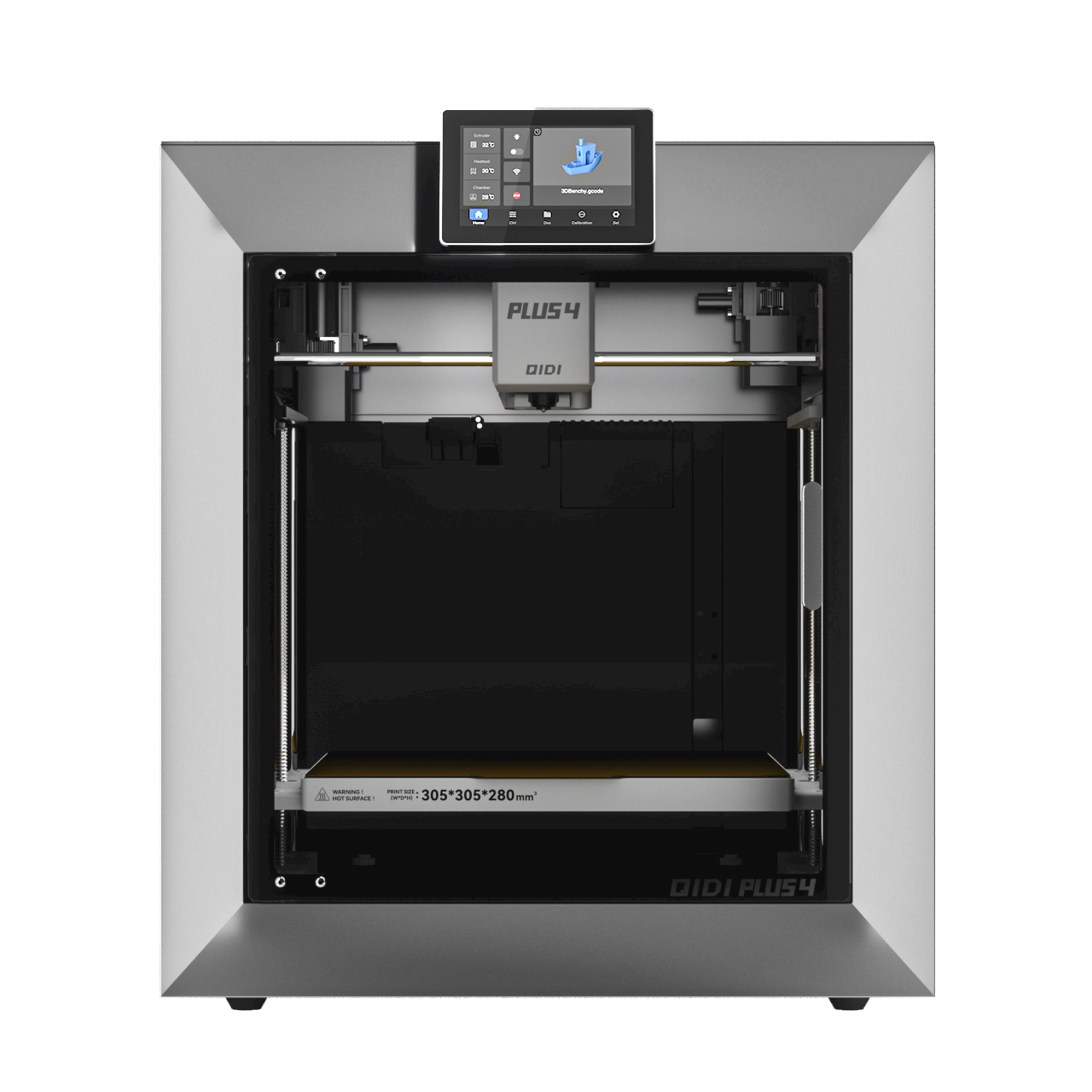 Plus 4
Plus 4
 Q1 Pro
Q1 Pro
 X-Max 3
X-Max 3

